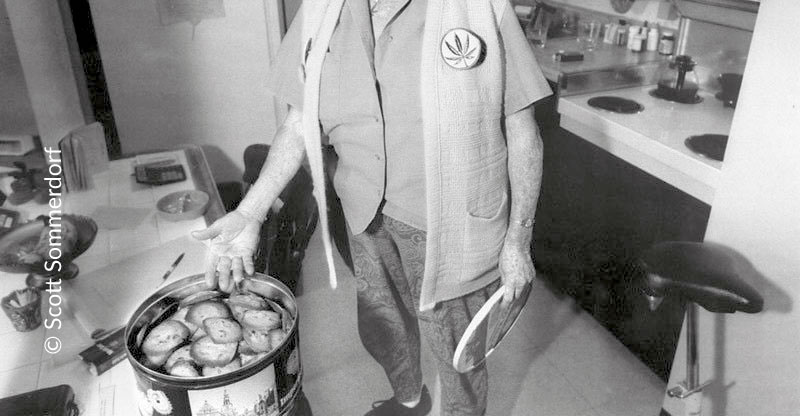
© Asobi Ogino
Shinto Practitioner
It is almost as hard to define an ‘average’ Shinto practitioner as it is to define kami, because so many people live their lives incorporating the Shinto values of harmony, gratitude, and purification in different ways. Shinto is unusual in that it can be practised alongside other belief systems. For example, there are many Buddhists and Christians in Japan who also participate in Shinto rituals and traditions.








